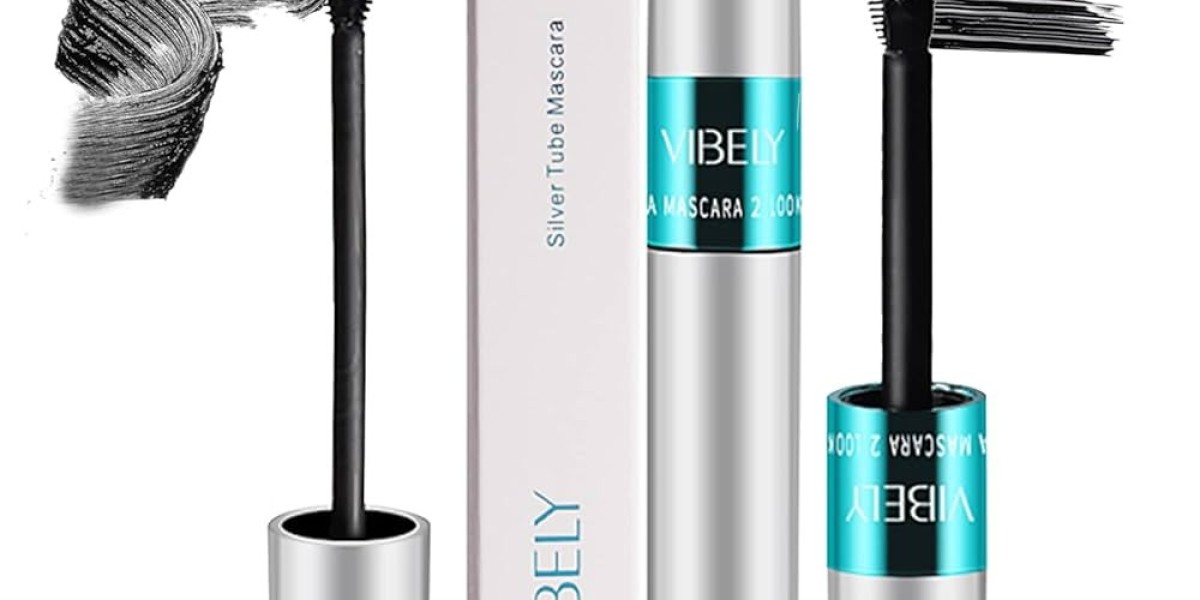Polysiloxanes, commonly known as silicones, are high-performance polymers that have quietly revolutionized multiple industries — from construction and automotive to personal care and electronics. Thanks to their unique chemical structure and adaptable properties, polysiloxanes offer a combination of flexibility, durability, and resistance that few other materials can match.
What is Polysiloxane?
At the molecular level, polysiloxane is a silicon-oxygen backbone polymer (–Si–O–Si–) with organic side groups attached to the silicon atoms. This unique configuration provides:
Thermal stability
UV and weather resistance
Hydrophobicity (water repellency)
Flexibility over a wide temperature range
Depending on their formulation and cross-linking, polysiloxanes can be produced in various forms — including fluids, elastomers, gels, and resins — making them incredibly versatile.
Key Applications Across Industries
Coatings and Paints
Polysiloxane-based coatings offer excellent chemical and weather resistance, making them ideal for industrial, marine, and architectural use. These coatings also exhibit superior gloss retention and color stability under harsh UV exposure.Medical Devices and Healthcare
Medical-grade silicone (a form of polysiloxane) is widely used in implants, tubing, and prosthetics due to its biocompatibility and inertness. It's flexible, hypoallergenic, and stable inside the human body.Electronics
In the electronics industry, polysiloxanes act as dielectric materials, sealants, and thermal interface materials, offering insulation, moisture protection, and longevity in high-performance devices.Construction and Sealing
Used as sealants and adhesives, polysiloxanes provide long-term elasticity and water resistance in joints, facades, and glazing applications.Personal Care
In cosmetics and personal care products, silicone-based polymers give products a smooth, silky texture and are commonly found in hair serums, sunscreens, and skin creams.
Advancements and Sustainability Trends
While the performance advantages of polysiloxanes are well-established, the industry is focusing on:
Green Chemistry: Reducing VOCs and developing waterborne silicone systems for coatings.
Circular Economy Initiatives: Researching recyclable and biodegradable silicone formulations.
High-Performance Hybrids: Combining polysiloxanes with organic resins (e.g., polyurethanes, epoxies) to create hybrid materials with tailored properties.
Market Outlook
The global polysiloxane market is expected to grow steadily, driven by:
Expanding infrastructure and industrial development
Increasing demand in healthcare and electronics
Rising interest in durable, low-maintenance coatings
Asia-Pacific, led by China and India, continues to be the fastest-growing region, with significant demand from construction and manufacturing sectors.
Final Word
From skyscrapers and smartphones to skincare and surgical implants, polysiloxanes quietly enable much of modern life. As innovation pushes the boundaries of what materials can do, polysiloxanes are poised to remain a key enabler of high-performance, sustainable technologies.








